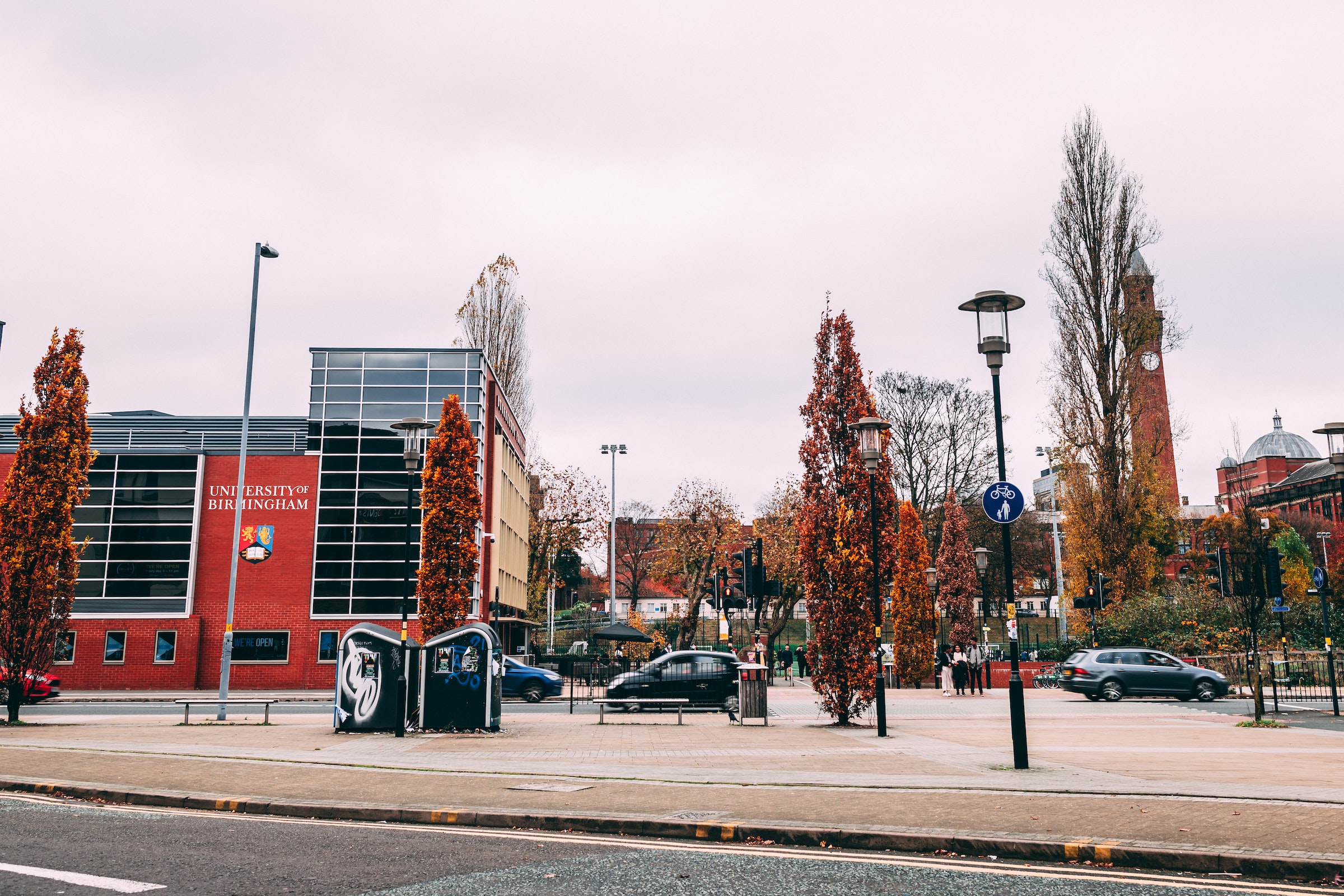
Food&Drink Writer Shiv Ralham pours us a glass of the warming drinks people in the world’s coldest countries use to thaw out
Now don’t get me wrong, a citrusy cocktail, ice cold lemonade or a crisp amber cider are all perfectly acceptable drinks, however, with the ambient temperature dropping and daylight hours dwindling, they somehow don’t quite befit the image of a cosy night in. Whilst a mug of hot chocolate or an Irish coffee are undeniably brilliant choices for the winter months, fellow countries in the northern hemisphere who experience harsher weather at this time of year have a smörgasbord of more interesting, and, you’ll be pleased to hear, more boozy beverages to comfort, relax and stave off the cold.
In Poland, a large proportion of the population choose to while away the evening hours in ‘klubokawiarnia’ (basically an open-till-late coffee shop and bar under the same roof). The drink of choice is a ‘grzane piwo’, literally translated as mulled beer. A pale lager is heated – stay with me here – and infused with cinnamon, honey, lemon, cloves and orange for a significantly more malty and hoppy alternative to a mulled wine. Another option would be orzechówka, a hazelnut vodka.
With the ambient temperature dropping and daylight hours dwindling, they somehow don’t quite befit the image of a cosy night
In Austria, particularly Salzburg, the seasonal beverage is a Jagertee (Hunter’s tea); black tea combined with Inländer-Rum from the Austrian Stroh brand. More modern variations of this quintessentially Austrian drink include plum brandy, orange juice, cloves, cinnamon sticks and lemons.
You may have already come across the Germans’ winter tipple of Glühwein whilst strolling through the Christmas markets of Cologne, Berlin or even our very own here in Birmingham. Red wine is served warm in a mug and spiced with cloves, star anise, cinnamon, citrus and sugar and sometimes flavoured with vanilla or an additional shot of rum to really keep the cold at bay. The Danish ‘glögg’ (I challenge you to find a more onomatopoeic word) is similar but for the extra chopped almonds and raisins.
With average yearly temperatures ranging from -12 degrees to a maximum of 9 degrees, it’s safe to say that Tibet and the surrounding regions don’t have the warmest of climates either. With the high altitude comes harsher winds and a lack of rain causes fewer fruits and vegetables to grow, severely limiting the diet of locals. ‘Tsampa,’ barley flour combined with a rich butter tea and flavoured with spices is eaten daily, the yak’s butter supplementing the calorific benefit of the meal. Tibetans also drink this tea as a standalone beverage as well as variations of beer and grain-derived alcohols.
Simple meat and vegetable-based diets are a common theme to the people from colder environments. Similarities can be seen in Russian cuisine and their varieties of hearty stews such as ‘rassolnik’ and ‘borscht’ (a cabbage, carrot and celery soup often including beef or veal). Drink-wise, the most popular beverage is ‘kvass’, a very low alcohol, bread-based drink, which is fermented and flavoured with fruit juices, ginger or mint. It probably goes without saying that Russia has the highest consumption of vodka per capita in the world, but with certain regions of the country reaching -50 degrees Celsius in winter, I think that’s quite understandable.
The tradition is designed to relieve symptoms derived from the perpetual bad weather by simply reaching a state of ultimate comfort
One of the most interesting winter traditions I came across originates from Finland, although, if you decide to take part you might want to warn your housemates beforehand. Unlike the Danish ethos of hygge, surrounding oneself in a comforting environment full of soft blankets, fluffy carpets, grained leather and an open fire, the Finnish ‘kalsarikänni’ is a little less aesthetic and much more student-friendly. Translated literally, kalsarikänni means ‘drinking at home, alone, in your underwear’ or anglicised to ‘pantsdrunk’.
Usually a practice undertaken on your own or with a significant other, the tradition is designed to relieve symptoms derived from the perpetual bad weather by simply reaching a state of ultimate comfort; at home, drink in hand and snacks at the ready. Any drink, alcoholic or not, can be enjoyed during this practice, but the Finns often opt for lakka (a cloudberry liquor), sima (a sparkling mead-like beverage), Finlandia vodka or just a good old beer. It’s also worth noting that Finland was rated the subjectively happiest place on earth in 2018 by the aptly named World Happiness Report, so whilst getting drunk by yourself at home may seem strange, there must be some method to this madness.
Comments